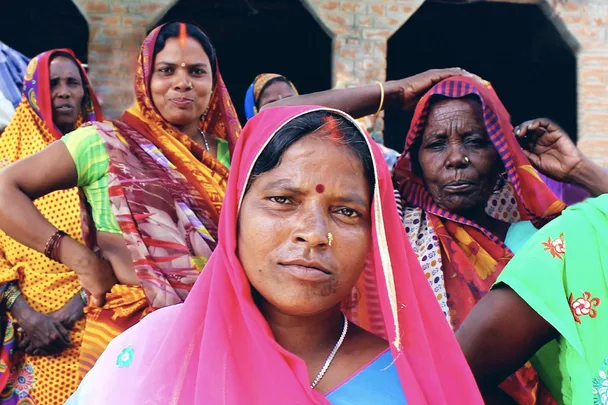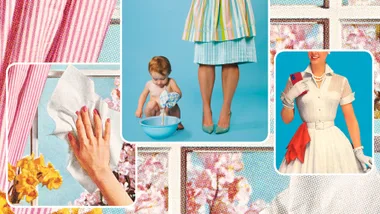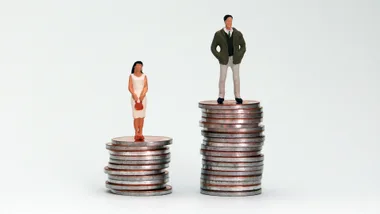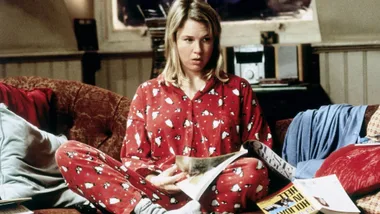On March 8th, 1908 15,000 female garment workers marched through the streets of New York in what we now regard as the genesis of International Women’s Day. The women, mainly immigrants, protested untenable working conditions, including 60-hour work weeks, dangerous work environments and increased rates of child labour. Their protests changed little.
Three years later at a clothing factory in lower Manhattan, 146 women were burned alive in a fire. They were unable to escape as they were locked in, a regulation to prevent unauthorised bathroom breaks. This horrifying fire is still one of the most significant workplace disasters in American history.
It took this devastating tragedy to put change in motion for American women but, over a hundred years later, conditions remain frighteningly similar for many working women globally.
RELATED: 10 Amazing Moments In History For Women

The Rana Plaza tragedy
Fast-forward to a date we’re more familiar with – April 24th 2013. A major factory, Rana Plaza, collapsed in Bangladesh killing 1134 people, and severely harming countless others. The collapse was a direct result of the systemic abuse of Bangladeshi apparel workers.
The fashion industry in Bangladesh is well-known for human rights violations, exceptionally poor health and safety regulations, and one of the lowest minimum wages in the world. This is just as much the responsibility of the government, as it is the multi-national companies that operate there and continue to force prices down at any cost.
Rana Plaza caught the attention of international media due to the factory’s links with major fashion outlets around the world. It spawned the birth of Fashion Revolution, a global movement calling for a fairer, safer, cleaner and more transparent fashion industry. Huge international brands signed an accord to ensure safety checks would be regularly carried out in their overseas factories. However, Bangladeshi garment workers are still prohibited from unionising, meaning they are unable to actively seek better conditions and higher wages.
RELATED: Women’s Footy Pioneer Susan Alberti Is The Inspiration We All Need Today
Oxfam report – the abuses continue
This month we are celebrating International Women’s Day 2019. We celebrate the progress we have made, and the battles we have won. But how can we truly celebrate when so many of us remain systematically held back?
Only last week, Oxfam Australia released a report on the oppression and abuse of power enabled by companies in the supply chains of some of Australia’s biggest retailers.
Oxfam reported the systemic exploitation of workers in the supply chains of major retail brands, reportedly driven in part by pressure to reduce the cost of production. 100 per cent of the workers interviewed by Oxfam in Bangladesh were not paid a living wage, with nine out of ten confirming they could not afford food for themselves and their families.
In several factories in Vietnam, Oxfam heard buyers required fire extinguishers in the rooms where finished clothing is stored, but did not insist on the same safety measures in rooms where the factory employees work.
It’s been 108 years since the factory fire in New York and yet the parallels are eerily similar. These women, working in factories in Australian supply chains, lack the basic rights their American counterparts were granted early last century.
The global economy has enabled Australians and consumers from other developed nations to be removed from the suffering inflicted on millions of people for the production of clothes and other every-day goods. Sadly, this kind of exploitation is not uncommon and, in its most extreme form, has led to slavery being more rife today than any other time in human history.
RELATED: Julia Gillard And Tanya Plibersek Talk Solidarity And Sexism With Marie Claire

We can end modern slavery
Modern slavery describes a number of extremely exploitative practices, including forced labour, debt bondage, domestic servitude, human trafficking, organ trafficking, forced marriage and state-imposed forced labour. While these vary massively – they all have one thing in common. They all involve one person having their freedom systematically removed by another, for personal or financial gain.
Over 40 million people are living in modern slavery around the world. Of that figure 71 per cent are women and girls, who are not only overrepresented in forced marriage and human trafficking, but also makeup the majority in debt bondage and forced labor.
On International Women’s Day we should see this issue as one of the most pressing issues of our time. Not only because it is holding back millions of women but also because as consumers, we are benefitting from their suffering.
Research conducted by Deloitte Accesss Economics for Oxfam found Australian companies would only need to increase the sale price of clothing by 1 per cent to ensure textile workers in Asia earned a living wage. Positive change won’t cost us much.
Confronting this issue is about individual power, and collective change. The power of the consumer to ask questions, demand transparency, and put money behind brands that support basic human rights.
At its core, International Women’s Day should be about women for women. We must promote the rights of all women, and all people that are systematically held back, to say we progress together or not at all.
If the origins of this day 111 years ago teach us nothing else, it should be that the protests of working women need to be expressed, heard and actioned. There has been more than enough horrifying tragedy for us to wake up and say enough.










